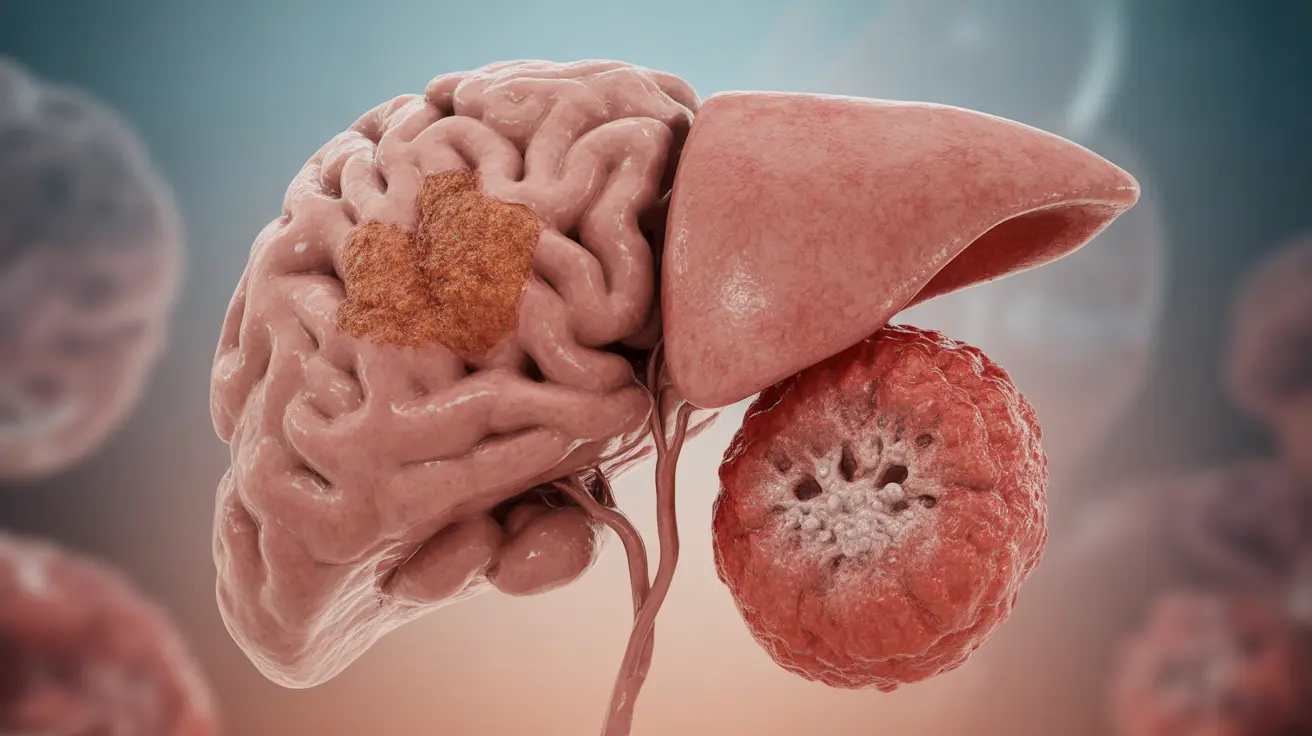Niemann-Pick disease type C (NPC) is a rare genetic disorder that affects the body's ability to transport and process cholesterol and other lipids within cells. This progressive condition can impact various organs and systems throughout the body, particularly affecting neurological function. Understanding its complexities is crucial for both medical professionals and families affected by this challenging condition.
This comprehensive guide explores the key aspects of Niemann-Pick disease type C, including its symptoms across different age groups, diagnostic approaches, available treatments, and inheritance patterns. By understanding these elements, families and caregivers can better navigate the challenges associated with this rare genetic disorder.
Age-Related Symptoms and Disease Progression
Niemann-Pick disease type C can manifest differently depending on when symptoms first appear. Understanding these age-specific presentations is crucial for early recognition and intervention.
Early Childhood Presentation
- Delayed developmental milestones
- Difficulty with coordination and balance
- Enlarged liver and spleen
- Jaundice in newborns
- Problems with feeding and growth
Juvenile and Adolescent Onset
- Progressive difficulty with movement and coordination
- Sudden falls and clumsiness
- Academic performance challenges
- Speech problems
- Difficulty with vertical eye movements
Adult Presentation
- Psychiatric symptoms
- Memory problems
- Balance difficulties
- Progressive cognitive decline
- Movement disorders
Diagnostic Process and Testing
Diagnosing Niemann-Pick disease type C requires a comprehensive approach involving multiple testing methods and specialist evaluation. The diagnostic journey typically includes:
Initial Evaluation
- Detailed medical history review
- Physical examination
- Assessment of neurological symptoms
- Evaluation of organ function
Specialized Testing
- Genetic testing for NPC1 and NPC2 genes
- Skin biopsy for filipin staining
- Blood tests for biomarkers
- Imaging studies of affected organs
Treatment Approaches and Management
While there is no cure for Niemann-Pick disease type C, various treatment strategies can help manage symptoms and improve quality of life:
Medical Interventions
- Miglustat therapy for neurological symptoms
- Medications for specific symptom management
- Regular monitoring of disease progression
- Supportive care for affected organ systems
Therapeutic Support
- Physical therapy
- Occupational therapy
- Speech therapy
- Psychological support
- Nutritional guidance
Genetic Inheritance and Family Planning
Niemann-Pick disease type C follows an autosomal recessive inheritance pattern. Understanding this genetic aspect is crucial for family planning and genetic counseling.
- Both parents must carry a copy of the affected gene
- 25% chance of affected pregnancy when both parents are carriers
- Importance of genetic counseling for family planning
- Available testing options for future pregnancies
Frequently Asked Questions
- What are the common symptoms of Niemann-Pick disease type C at different ages?
Symptoms vary by age of onset. Infants may show delayed development and enlarged organs. Children often experience coordination problems and learning difficulties. Adults typically present with psychiatric symptoms and cognitive decline.
- How is Niemann-Pick disease type C diagnosed and what tests are involved?
Diagnosis involves genetic testing for NPC1 and NPC2 genes, skin biopsies for filipin staining, blood tests for biomarkers, and comprehensive neurological evaluations. Multiple specialists usually collaborate in the diagnostic process.
- What treatment options are available to manage Niemann-Pick disease type C symptoms?
Treatment options include miglustat therapy, symptom-specific medications, and comprehensive therapeutic support including physical, occupational, and speech therapy. Regular monitoring and supportive care are essential components of management.
- How is Niemann-Pick disease type C inherited and what is the risk for future children?
NPC follows an autosomal recessive inheritance pattern. When both parents are carriers, there is a 25% chance of having an affected child in each pregnancy. Genetic counseling is crucial for understanding inheritance risks.
- What neurological and psychiatric symptoms are associated with Niemann-Pick disease type C?
Neurological symptoms include coordination problems, difficulty with eye movements, seizures, and cognitive decline. Psychiatric symptoms may include behavioral changes, depression, and psychosis, particularly in adult-onset cases.




